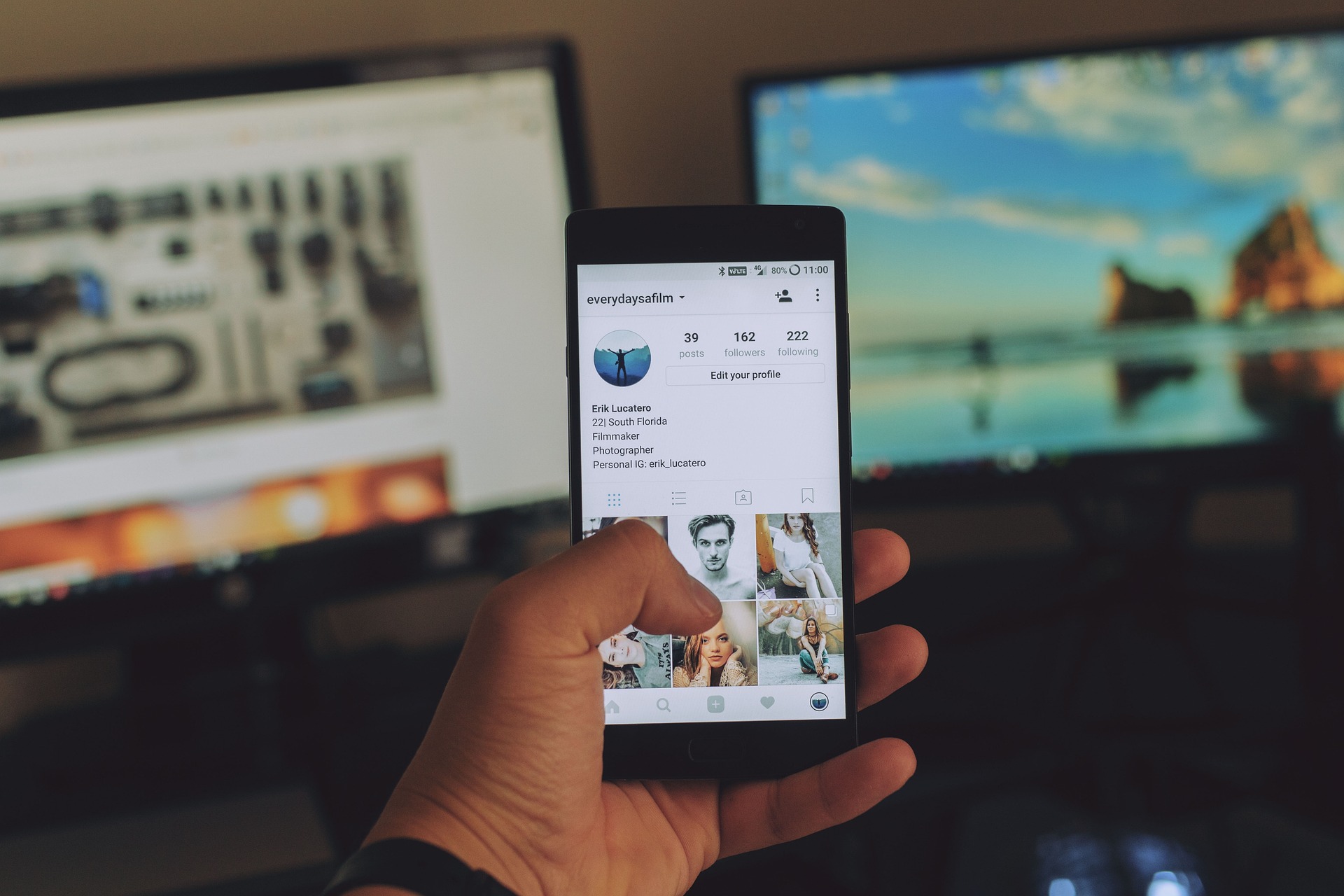Rediscovering Connection: The Rise of Digital Minimalism in a Hyperconnected Society
In an era of round-the-clock social media and non-stop notifications, a new cultural trend is making waves. It's called digital minimalism. This movement offers a fresh perspective on our complex relationship with technology. Read below how this blend of technology and simplicity is reshaping society.

A Glimpse into Digital Minimalism: Origins and Philosophies
Digital minimalism is not just about reducing screen time. It’s about making conscious choices about how we use and interact with technology. The term was coined by computer science professor Cal Newport in his 2019 book of the same name, where he suggested using technology with intent, rather than defaulting to mindless scrolling. It’s a response to the increasing intrusion of digital devices into our personal lives, often to our detriment. The roots of digital minimalism lie in the broader minimalist movement, which advocates for intentional living and letting go of excess.
Understanding the Cultural Shift Towards Digital Minimalism
In the past few years, society has seen an upsurge in conversations around mental health, productivity, and the role technology plays in our lives. In this evolving societal context, digital minimalism offers a way to maintain balance and control in an increasingly digital world. Increasingly, we see people choosing to log out of social media, limit emails, and consciously engage with technology. This shift is not just a fad; it’s a reflection of a changing cultural ethos towards healthier digital habits.
How Digital Minimalism is Shaping Modern Society
The rise of digital minimalism has significant implications for modern society. It’s causing us to reevaluate our relationship with technology. In the process, it’s reshaping how we engage socially, altering our work habits, and influencing our mental health. A research-backed insight is that high social media use can lead to anxiety, depression, and loneliness. As digital minimalism challenges this norm, it paves the way for better mental health practices and more meaningful social engagement.
Digital Minimalism as a Behavioral Trend
Digital minimalism is more than just a cultural phenomenon. It’s a behavioral trend that’s gaining momentum. The act of consciously unplugging, setting technological boundaries, and fostering offline connections may seem counterintuitive in a hyperconnected world. Yet, the data shows a growing number of people are embracing digital minimalism as a way of life. This trend could lead to an evolution in societal attitudes towards technology use, with a stronger emphasis on mindful engagement.
Making Sense of Digital Minimalism
In a nutshell, digital minimalism is an innovative response to the stress and clutter caused by our over-reliance on digital devices. Its impact is seen in the way people interact with technology and each other. Its significance lies in prompting us to rethink our digital habits and make more conscious choices. Digital minimalism serves as a powerful reminder: although we live in a world dominated by screens, we have the choice to control our engagement and not the other way around.
Digital minimalism challenges the narrative that we need to be constantly connected to live a fulfilling life. As we navigate through an era of digital abundance, it offers an alternative path that encourages intention, balance, and mindful engagement with technology. This emerging trend underscores a broader societal shift towards consciously reclaiming our time and attention, shaping a new digital culture that is both mindful and meaningful.




